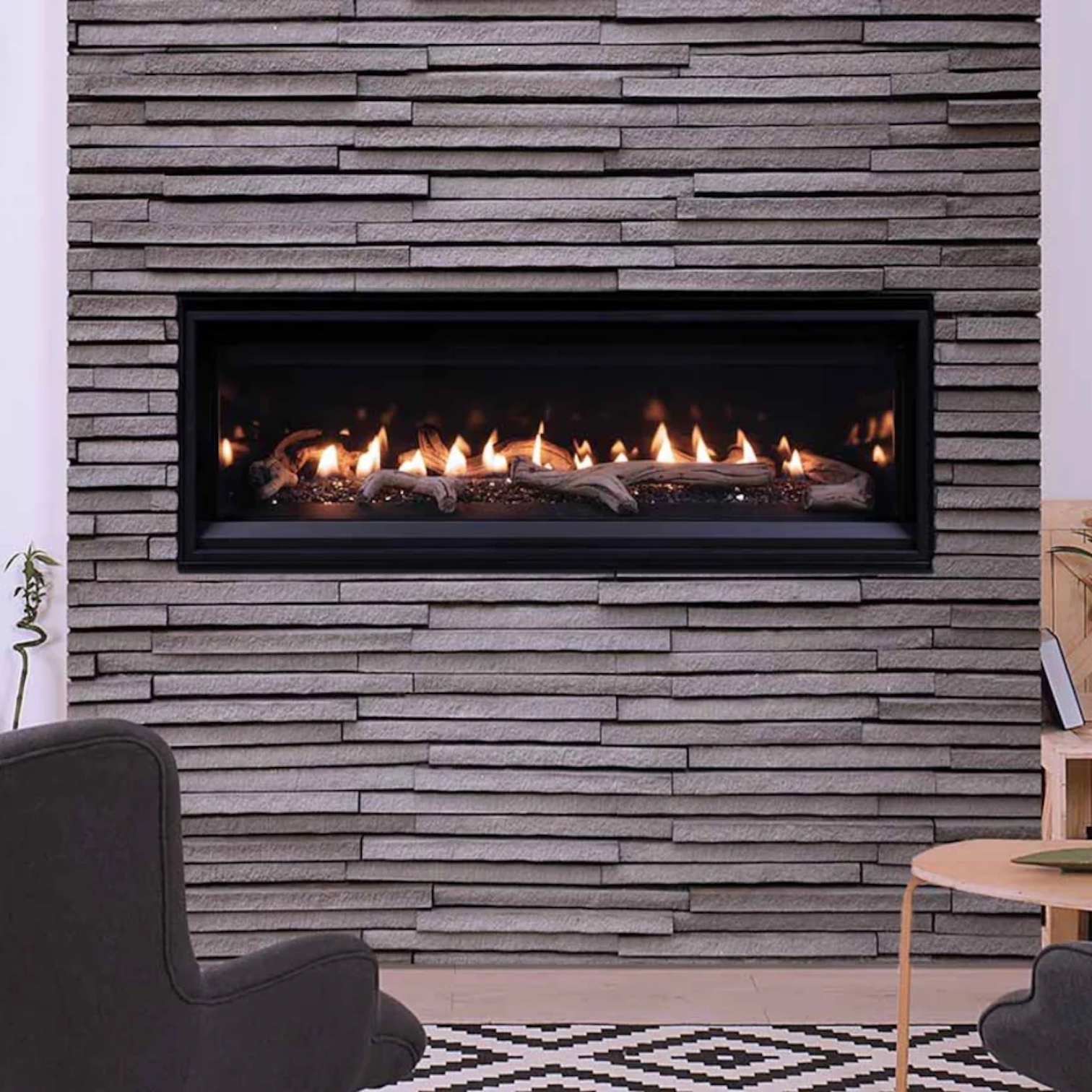Can a Fireplace Help You Save on Your Electric Bill This Winter?

photo credit: northcountryfire.com
On a chilly winter evening, nothing feels better than sitting around a toasty fire. A warm fireplace can create a cozy atmosphere and quickly heat up your living room, but can the extra heat really help you save on your electric bill? Let’s take a look.
Wood-Burning Fireplace
Wood-burning fireplaces provide the most traditional source of heat, but they also are the least cost-effective when it comes to your electric bill. When using a wood-burning fireplace, almost all the heat generated escapes right out of the chimney.
If you see smoke inside the home while using your fireplace, or an excessive amount of smoke coming out of the chimney, then it’s time to have your wood-burning fireplace inspected. Inhaling smoke from a wood-burning fire can have negative effects on your health.
Gas Fireplace
A new twist on the old favorite, gas stoves burn natural gas instead of wood. Otherwise, they are similar in structure to a wood-burning fireplace and often contain ceramic “logs” that create the illusion of burning wood. While they preserve more heat than a wood-burning fireplace, they still lose about 75 percent of the heat they generate.
Gas fireplaces also must be carefully maintained to ensure they are ventilating properly. If not, they run the risk of exposing you and your family to dangerous carbon monoxide. It is vitally important to install and maintain both smoke and carbon monoxide detectors in your home, fireplace or no fireplace.
Gas Insert
A gas insert is a metal box, usually fitted over a wood-burning fireplace, that sits inside another metal box. The air between the two layers of metal is heated and emitted outward. It’s like a regular gas-burning fireplace except it retains significantly more heat. With a gas insert, only 20-30 percent of the heat produced is lost because it’s not escaping out the chimney.
Electric Fireplace
A modern marvel, electric fireplaces work without the need for wood or gas. Out of all the options discussed, electric fireplaces are certainly the most cost and heat-effective. Only about 1 percent of the heat produced is lost. Without gas fumes or smoke, they are also far better for the air quality within your home.
However cost-effective they may be, even these high-powered units have their limits when it comes to heating your home.
Finding The Answer
Most fireplace units, gas, electric or otherwise, have a limit when it comes to the space they can heat. Having the fireplace too close to, or too far from, your thermostat can give your thermostat a false reading of your home’s overall temperature.
In short, while fireplaces can be cozy and inviting during the cold winter months, they aren’t a good bet when it comes to saving money on your electric bill. It’s far more cost-effective to use your fireplace as an enjoyable, but non-essential, supplemental heating source in your home this winter.